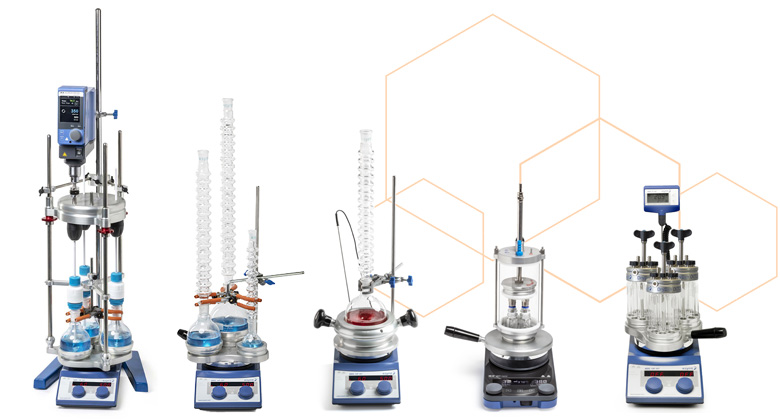

The setup employed sloped channels so as to make the liquid phase. When assembled, the panels measure 2 sq m (21 sq ft) and form an octagon with a slope of 3 degrees that allows water to funnel into a central filter and continue on through a hose into the tank. A novel photoflow setup designed for a gasliquid biphasic reaction turned out to be useful for the direct use of chlorine gas. The PhotoFlow design is composed of eight identical triangular photovoltaic panels that are mounted on a 400 liter recycled polyethylene water tank. Many developing nations are located on or near the equator and receive more sunlight and rainfall than just about anywhere else on Earth, so why not make the most of this situation by combining solar power with water storage? That's the logic behind PhotoFlow. Consulting and design company NOS is looking to address this problem with PhotoFlow, a two-in-one concept design that combines solar power generation with water collection and storage. Many do.In many countries around the world the supply of electricity and clean water is often sporadic and of poor quality. Most bottled "drinking water" is just tap water in a jug. If you're that concerned.do some homework on your local water supply, and maybe do your final rinse with distilled water. These traces won't hurt you when you drink it (it's bacteria that bites), but they leave residue on your film when it dries. that comes with tap water from your film. Photo Flo is a final wash/rinse to remove the minerals etc. If you want to experiment on your own, go right ahead.īut.all this is really about trace crap in your water. Even with that volume, we decided to keep buying Photo Flo and not risk the experiment on other people's film. We ran about 300 rolls of 35 on an average day. The only reason this conversation came up at work was because we were a very very busy lab, and always looking out for a way to save/make a dime. Recipe above gives you a lifetime supply of course.Įarlier post on this thread was wise. It adds a slippery element that prevents spotting. I heard about this recipe, but never used it.ĥ gal water (danger.your water might not be as clean as you think.)Įvidently the key is the glycerin. Many decades of work in commercial/pro labs.

The fact that Kodak doesn't use it should tell you all you need to know. If detergent or soap worked as a wetting agent then Kodak would use it. The bottom line is - use the proper stuff. It tends to leave the neg along with the water - any residue is undetectable. This compound has a relatively small molecular size, is chemically inert and is pH neutral. Wetting agent is normally ethylene glycol (it's used in car antifreeze). People who use soap or detergent and claim it works fine usually use it in such incredibly low concentrations that it does not actually do anything. In both cases they have to be used at quite high concentrations in order to work effectively and this results in a sticky coating of soap/detergent remaining on the neg. In addition, detergents contain other compounds designed to do different things - remember that they are designed for washing greasy dishes - which themselves decompose. In addition, soap reacts with the dissolved salts in tap water to form an insoluble scum which can end up on your neg.ĭetergents are manufactured from oil and are complex long chain molecules which again can break down over time.

The mixture decomposes over time to release sulphur and other nasties detrimental to your negative. To make it pH neutral you have to add an acid. Soap is made from animal fat and hydroxide.


 0 kommentar(er)
0 kommentar(er)
